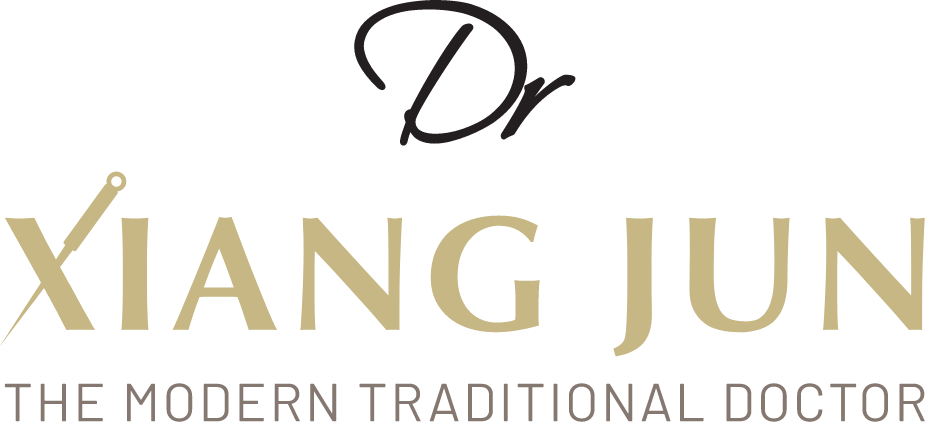Debunking Improvised TCM treatments Series: Dry Needling
So I am going to start a series about debunking about the origins of some of the Western physical therapy. Because most of the modalities in Western physical therapy are in fact improvisation from TCM practices. And I’ll explain to you why. For today, let’s start with the more common in commercial world now: Dry Needling.
Dry needling is commonly seen and used by physiotherapists nowadays. In the past when I worked in integrative clinics, patients always asked me what the difference between acupuncture and dry needling is. Also because of the same usage of needle type, there sometimes arrives at situations where patients are confused who to look for to treat them, given that both acupuncture and dry needling can resolve the same issues, while acupuncture spans beyond the range of conditions addressed by both modalities.
So dry needling as I have googled, is “a treatment technique whereby a sterile, single-use, fine filament needle (acupuncture needle) is inserted into the muscle to assist with decreasing pain and improving function through the release of myofascial trigger points (knots in the muscle)”.
In fact I also researched on the history of dry needling which came into practice only in 1979. As compared to the thousands of years of history for acupuncture and TCM, it is obvious that dry needling is an improvisation of acupuncture as there are many overlaps and similarities between the two.
Dry Needling Points are Acupuncture Ashi Points
So dry needling and acupuncture are similar because the same kind of needles are being used (actually dry needling uses the needles used in acupuncture) but the points have overlaps.
Dry needling points claim to be the myofascial trigger points which in actual practice, these points are known as Ashi points in acupuncture. Ashi points are points of pain as indicated by patients and in my own practice, these points usually appear to have the muscle knots feeling upon palpation.
Myofascial Chains fall on Acupuncture Meridian Lines
Dry needling works to release the myofascial tension so that the release will affect the whole chain of other muscle groups and body parts involved. However most of the myofascial chains have their pathways overlapped with acupuncture meridian lines. I wont go into detail but you can read what other scientists have found and published in scientific papers already: https://www.researchgate.net/publication/228503992_Myofascial_Meridians_as_Anatomical_Evidence_of_Acupuncture_Channels
Dry Needling technique is Acupuncture Swift Needling technique
In dry needling the technique is to trigger a spasm or ‘jump’ response in the muscle affected to rapidly release the tension. This technique is long used in acupuncture and is called the Swift Needling technique (快针). In past discussion and exchange with other physiotherapists coworkers, I have long concluded that the technique is the same.
So there are many Western therapies especially in the physical therapy world where they are repackaged TCM practices in fact. And today I have brought you through about understanding the improvised TCM practice called Dry Needling. In fact,
Dry Needling is part of Acupuncture
So next time if you are looking for Dry Needling, maybe be smart and savvy like my patients to ask me, their TCM doctor for it.


